Submerged under the sea for over a thousand years, two lost cities of ancient Egypt were recently rediscovered. Their story is told for the first time in this blockbuster exhibition. Vanished beneath the waters of the Mediterranean, the lost cities of Thonis-Heracleion and Canopus lay at the mouth of the Nile. Named after the Greek hero Heracles, Thonis-Heracleion was one of Egypt’s most important commercial centres for trade with the Mediterranean world and, with Canopus, was a major centre for the worship of the Egyptian gods. Their amazing discovery is transforming our understanding of the deep connections between the great ancient civilisations of Egypt and Greece. Read more.
Preview the exhibition below | The top five exhibitions opening this week

The ruins of antique Canopus were located at some 2km east of the western fringe of the Nile delta, in Aboukir Bay. © Franck Goddio / Hilti Foundation. Photo: Christoph Gerigk

Apis Bull, Greco-Roman Museum, Alexandria. © Franck Goddio / Hilti Foundation. Photo: Christoph Gerigk

Votive Barques, Thonis-Heracleion, Aboukir Bay, Egypt. © Franck Goddio / Hilti Foundation. Photo: Christoph Gerigk
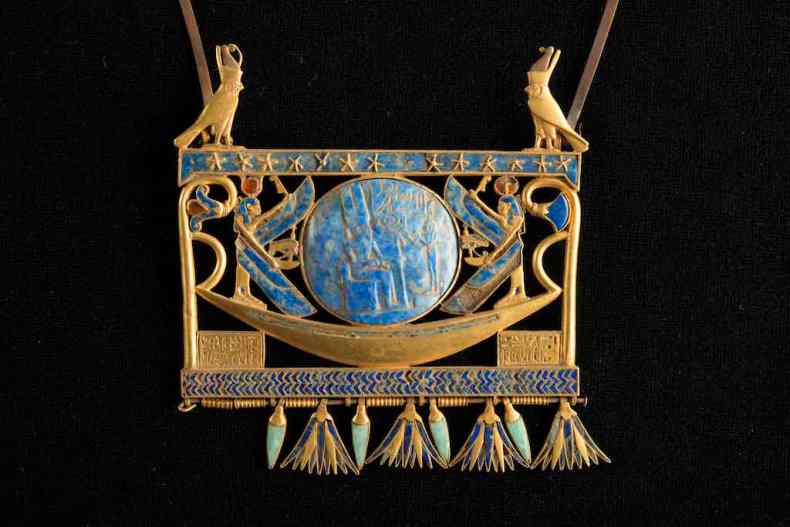
Pectoral in gold, lapis lazuli and glass paste, found in Tanis in the royal tomb of the Pharaoh Sheshonk II (~ 890 BC). © Franck Goddio / Hilti Foundation. Photo: Christoph Gerigk




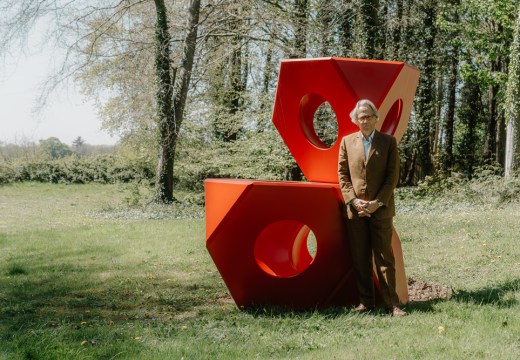

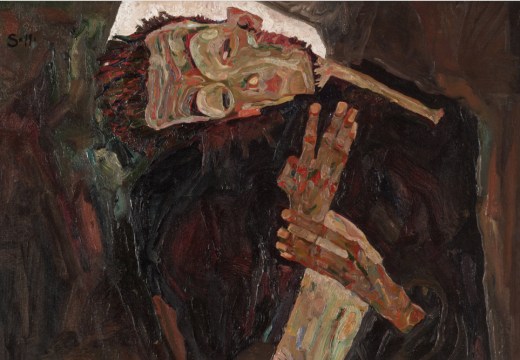

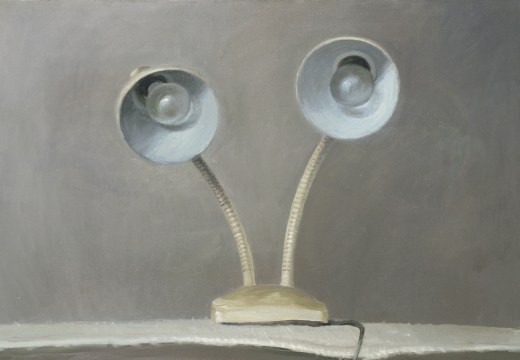
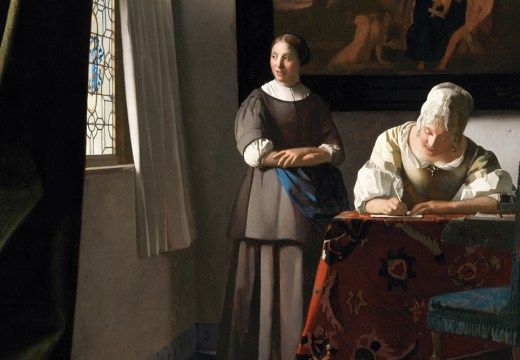
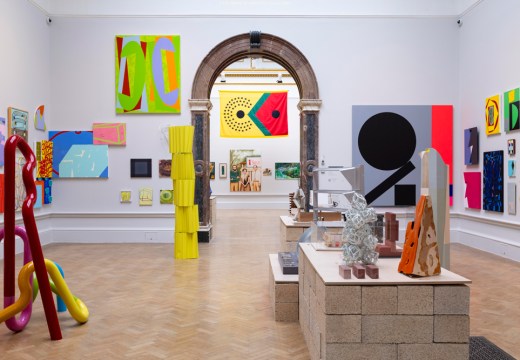
![Masterpiece [Re]discovery 2022. Photo: Ben Fisher Photography, courtesy of Masterpiece London](https://apollo-magazine.com/wp-content/uploads/2022/07/MPL2022_4263.jpg)
‘A revolutionary flame burned bright within him’: David Bindman (1940–2025)